
12 Fashion Accessories Brand Success Stories [2025]
Fashion accessories are an integral part of our wardrobes and are chosen specifically to compliment a person's outfit.
Typical fashion accessories include footwear, apparel, jewelry, wallets, handbags, hair accessories, and watches.
The global fashion accessories market is projected to grow at a CAGR of 12.3% during the forecast period (2021 - 2026).
In this list, you'll find real-world fashion accessories brand success stories and very profitable examples of starting a fashion accessories brand that makes money.
1. STOCK ($3.6M/year)
Jim Snediker, CEO of Stock Manufacturing Company, pivoted from high-end menswear to B2B uniforms after being approached by a Michelin-star restaurant in 2013. This strategic shift propelled their business to $3.4 million in revenue by 2023.
How much money it makes: $3.6M/year
How many people on the team: 11
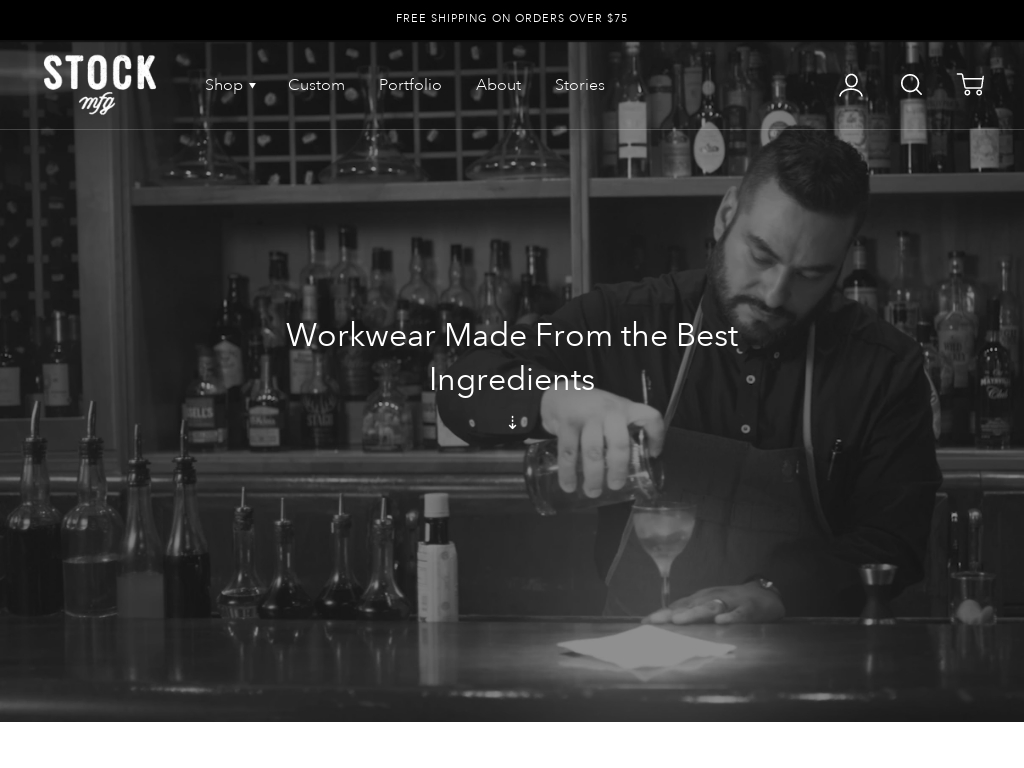

Case study on the transformation of a D2C menswear brand into a successful B2B uniform provider for hospitality industry giants, achieving revenue growth from $700k in 2019 to $3.4M in 2023, through strategic collaborations, product expansion, and community-driven initiatives during the COVID-19 pandemic.




2. Dexpel ($1.44M/year)
In 2009, Sarim, a programmer and digital marketing expert, started Dexpel with a budget of $2,000 and a small A3 printer, laminator, and cutting system. Frustrated with the limited customization options available when shopping for apparel and merchandise, Sarim researched manufacturing processes and discovered that he could create these items in-house. With the introduction of an online customizer, Dexpel became the first company in Pakistan to offer this feature, leading to rapid growth and expansion into a full-fledged facility with over 30 employees. Their revenue has grown from $2,000 per month to $165,000 per year, but Sarim measures success by the team and product line growth.
How much money it makes: $1.44M/year
How much did it cost to start: $3K
How many people on the team: 10
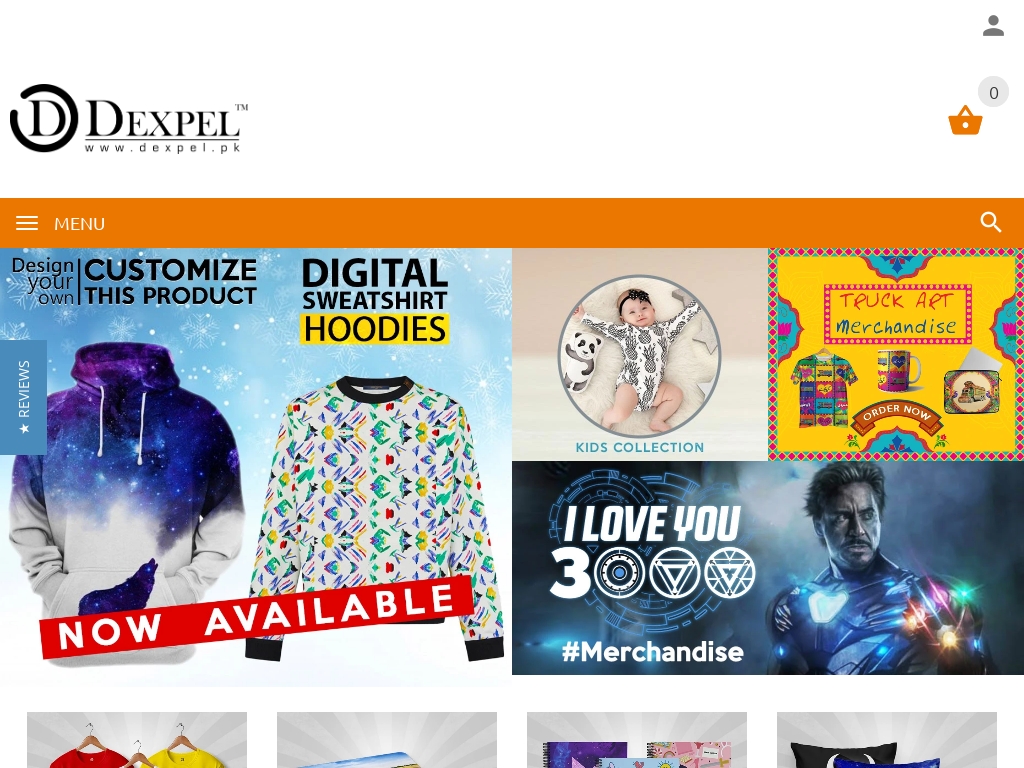

Dexpel, a Pakistani custom print store, grew from a budget of $2,000 for just a few vinyl customization products to over 200+ unique products and $165,000/year in revenue, by prioritizing online sales and developing in-house technology for order fulfillment.




3. Lucasgift ($1.2M/year)
After moving to the U.S., Taha's father started sewing leather items to make ends meet. In 2017, they opened an Etsy shop selling personalized leather keychains, which quickly grew to a $100k/mo business.
How much money it makes: $1.2M/year
How much did it cost to start: $70K
How many people on the team: 7
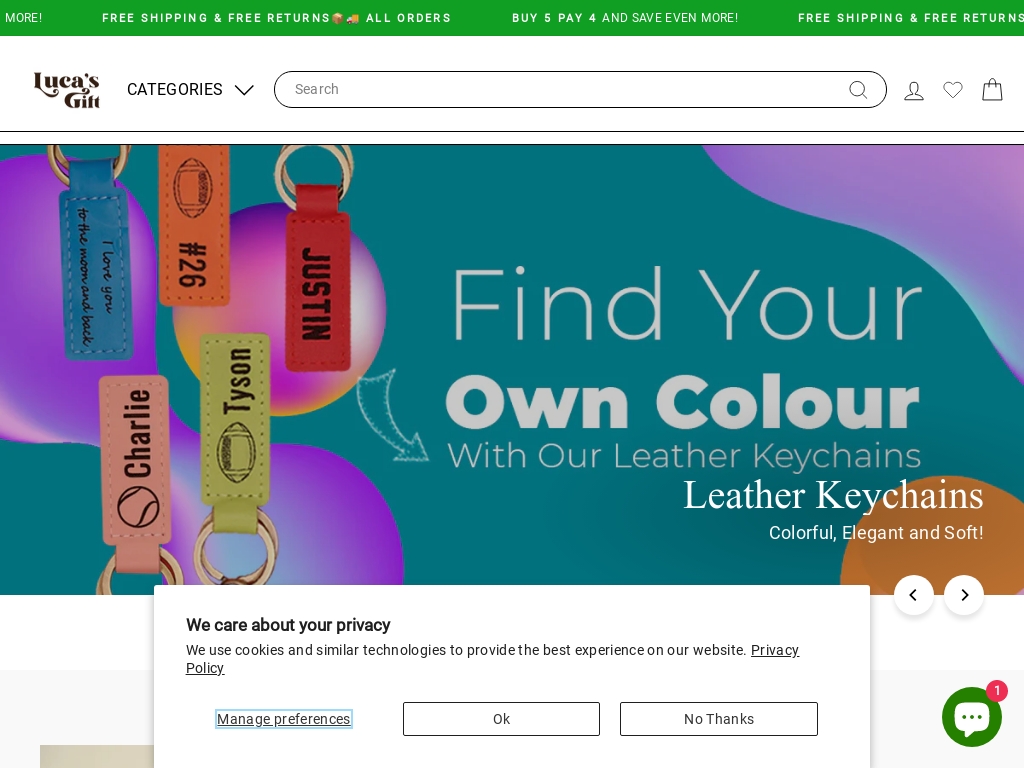

Discover how a mechanical engineering major and his dad scaled a personalized gift business to $100k/mo revenue mainly through selling personalized leather keychains with over 10,000 reviews and a 4.9-star rating, proving the power of differentiation and pricing strategies in a competitive market.




4. Mahiya ($1.04M/year)
Ryan and Alex Hutchinson started Mahiya, a bohemian leather accessories label, after Ryan agreed to help Alex with her new concept for unique designs. With an initial investment of $20k and the use of social media platforms like Instagram and Facebook, they quickly gained traction and now average $75,000 in sales per month through their website, showroom, and worldwide boutique wholesalers. They have plans to expand into the Japanese market and continue creating new designs.
How much money it makes: $1.04M/year
How many people on the team: 1
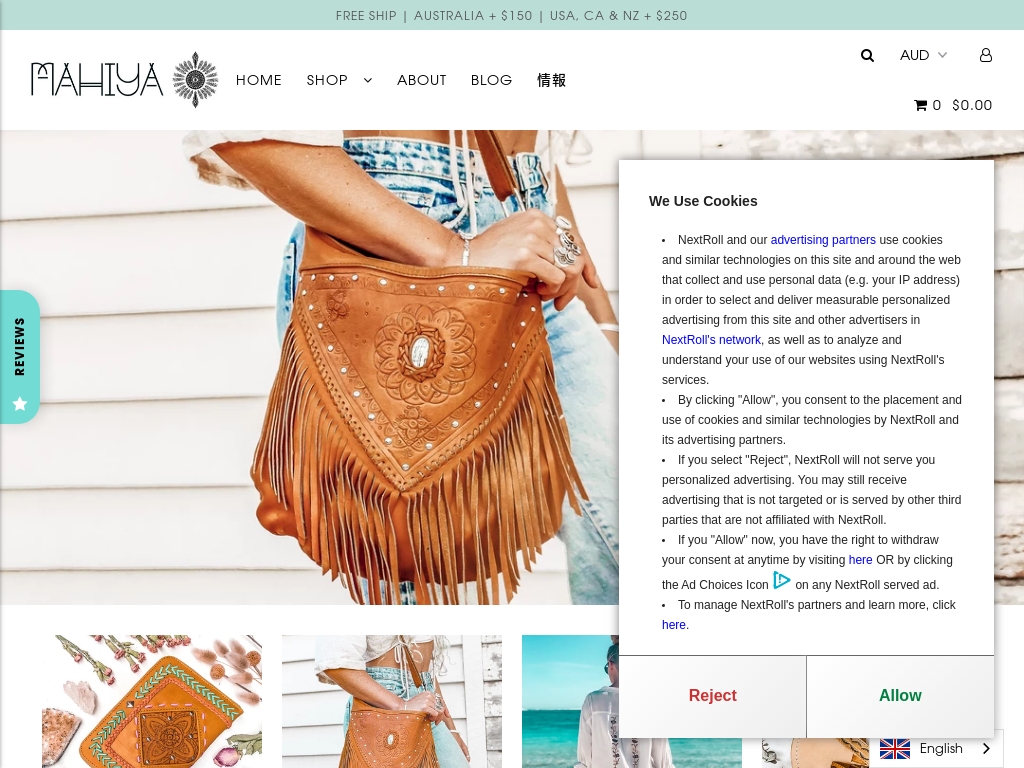

Australian-based fashion accessories label Mahiya sees an average of $75,000 in sales each month through its website, showroom, and boutique wholesaler customers, after husband-and-wife team Ryan and Alex Hutchinson invested AUD20,000 ($13,462) and started working from their bedroom in 2013.




5. Hammock Sky ($960K/year)
TCM, the owners of Hammock Sky, bought the brand from its original owner, who was an American expat living in Thailand. The original owner had a vision to share the experience of extreme relaxation with people everywhere, leading to the creation of premium quality, spacious hammocks. TCM recognized the brand's values and purchased the business in 2017, experiencing great success with over $2.4 million in revenue and more than 44,000 units sold in 2020.
How much money it makes: $960K/year
How much did it cost to start: $49
How many people on the team: 100

Hammock Sky, owned by TCM, has increased sales to $2.4M through producing larger, higher quality hammocks and hammock chairs that cater to everyone’s relaxation needs and promoting greater customer loyalty and engaging with influencers on various online platforms.




6. Cuff Style ($600K/year)
Eric Morton, one of the co-founders of Cuffstyle, came up with the idea for Cuff Adapters out of frustration with the limited ability to wear cufflinks with standard button-down shirts. He realized that most people owned very few formal French cuff shirts and rarely wore cufflinks as a result. This led to his realization that there was a need for an innovation that would allow cufflinks to be worn more often with any button-down shirt in any setting, leading to the invention of Cuff Adapters.
How much money it makes: $600K/year
How many people on the team: 4


CuffStyle created Cuff Adapters, silicone tabs that fit over shirt cuff buttons allowing cufflinks to be worn with standard button-down shirts, and has sold over 2,000 packs and received 100+ reviews with a 4.6/5 star rating on Amazon, with plans to move into big-box retail and B2B sales.




7. Silviano ($240K/year)
Sonal and Nakul Malhotra, with their background in leather manufacturing and fashion, identified a gap in the market for luxury, high-quality leather goods that were also tech-friendly and affordable. They combined their knowledge of craftsmanship, design, and technology to create Silviano, with their flagship product being the Silviano Sleeve, a voice-activated laptop sleeve with wireless charging and global tracking. They successfully launched their product on Indiegogo, raising $35k in just 3 hours, and have plans to expand their product line in the future.
How much money it makes: $240K/year
How much did it cost to start: $30K
How many people on the team: 4

Silviano Sleeve Co-Founder Sonal Malhotra successfully raised $35k for their world’s first voice-activated luxury leather laptop sleeve through crowdfunding, which was fully funded in less than three hours.




8. Olori ($180K/year)
Tomide Awe, the founder of Olori, was inspired by her rich Nigerian culture and the beautiful textiles she grew up surrounded by. She wanted to share African craftsmanship and empower women, so she started Olori, a business that creates gorgeous, Africa-inspired handbags. Through incorporating traditional fabrics into modern designs, Olori invites people from all over the world to experience the beauty and culture of Africa while supporting artisans and women-owned businesses in Africa.
How much money it makes: $180K/year
How much did it cost to start: $10K
How many people on the team: 1
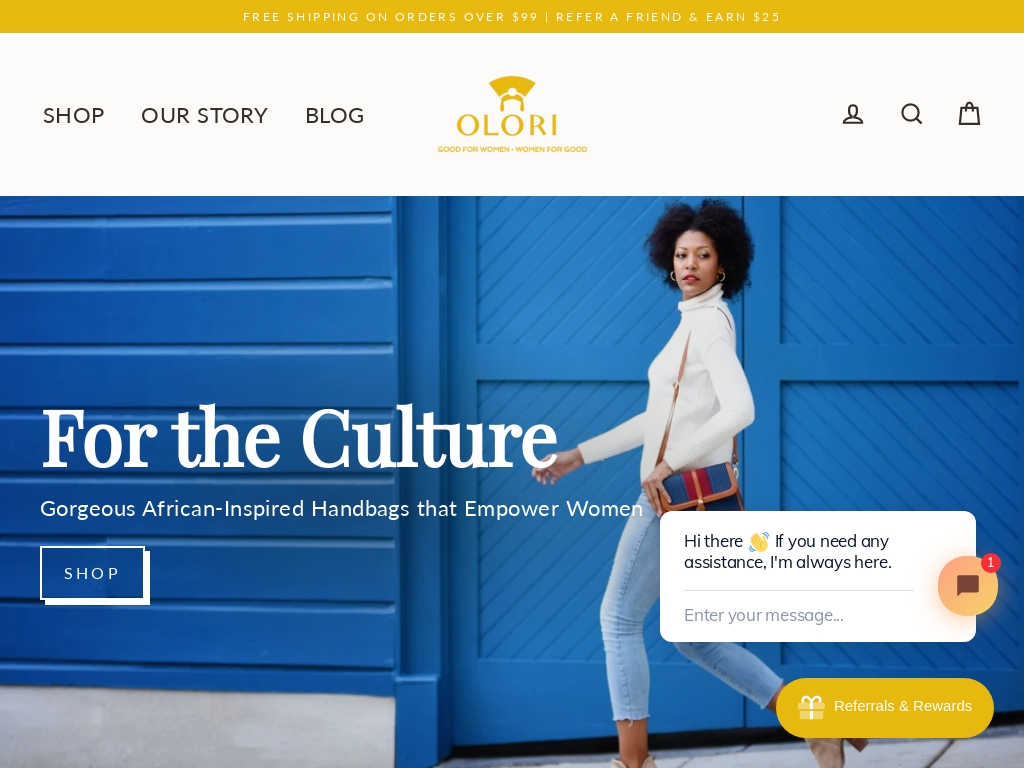

Olori founder Tomide Awe shares how she turned her love for African textiles into a profitable e-commerce business, with a Kickstarter campaign that raised over 112% of their goal, over 2,000 units sold, and a profitable revenue of $180k/year.




9. mazi + zo ($60K/year)
Lizzy Klein, founder of mazi + zo, started her business after realizing there was a lack of high-quality and modern jewelry options for sorority women. After developing a versatile and stylish collection of jewelry, she launched her website in June 2019 and quickly gained traction, attracting customers beyond just sororities. Today, mazi + zo offers a range of symbol necklaces, earrings, and more, with their Double Star Choker Necklace being their best-selling item.
How much money it makes: $60K/year
How much did it cost to start: $20K
How many people on the team: 1
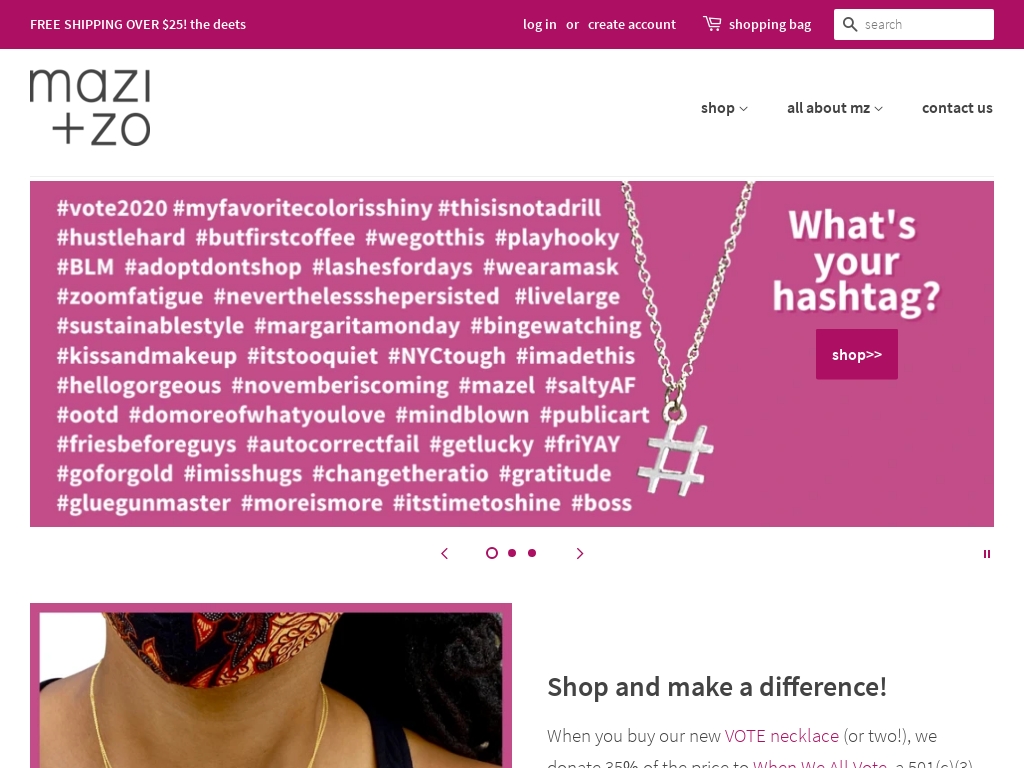

Mazi + Zo offers high-quality and modern jewelry for sorority sisters and other women, developed by founder Lizzy Klein after discovering a lack of stylish options in the market, and is now expanding into the broader market with organic social media being the most successful channel.




10. FLXCUF ($24K/year)
Jay Fuller came up with the idea for FLXCUF while working behind a bar and constantly struggling with his shirt sleeves rolling down. He initially tried using rubber bands as a temporary fix but realized there could be a better solution. Inspired by the concept of a flex collar in a Van Heusen shirt, Jay came up with the idea for flexible shirt cuffs that expand as they go up the arm.
How much money it makes: $24K/year
How much did it cost to start: $2K
How many people on the team: 0


FLXCUF, a dress shirt sleeve solution designed to hold up sleeves in one fold, has seen sales growth since its launch 3 years ago, and has secured placement in two boutique retailers, all while using influencer marketing and cross-promoting to maximize collaborations.




11. ZipSeam ($18K/year)
SiDi, the founder of ZipSeam, came up with the idea after he realized his wardrobe consisted of ill-fitting, oversized shirts. Unable to afford professional tailoring, SiDi developed a DIY solution using planks of wood and later improved upon it with a C-shaped tube. After launching a successful Kickstarter campaign that raised nearly $60k, SiDi faced challenges with website migration and personal setbacks but is now focused on rebuilding the business through influencer marketing and plans to expand into retail.
How much money it makes: $18K/year
How many people on the team: 1
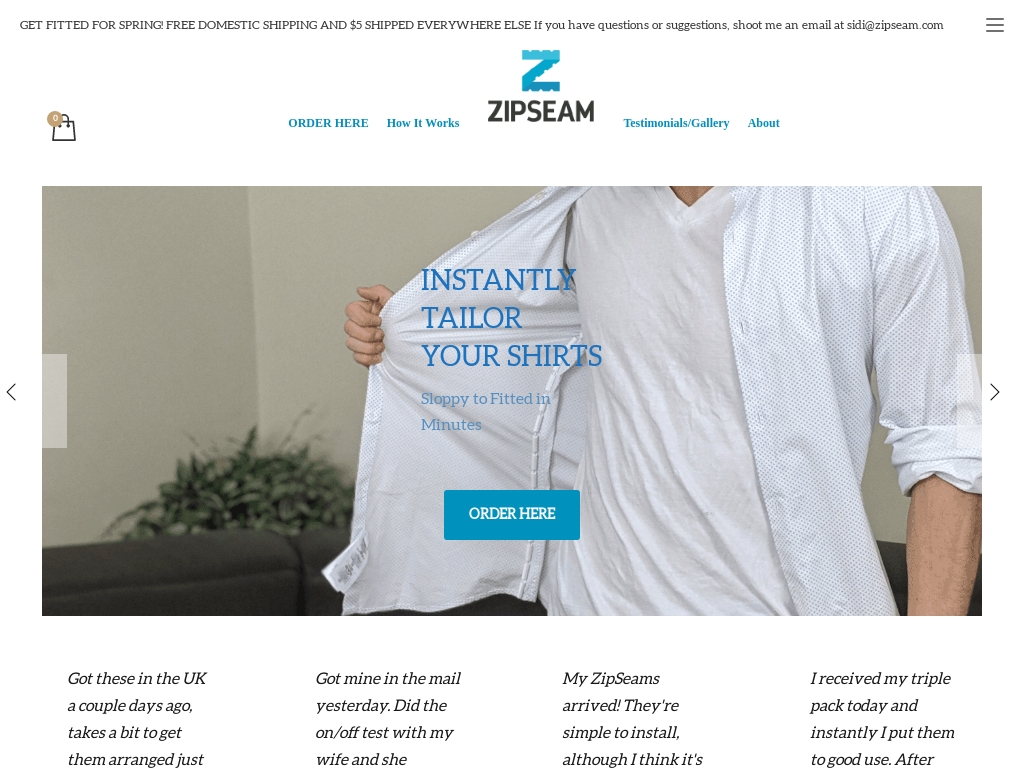

This startup founder invented the ZipSeam, which raised nearly $60k on Kickstarter and has now grown to $3k+ in monthly sales through influencer marketing, despite initial website and marketing challenges.




12. Dolly Thompson Baby Boutique ($15K/year)
Marlene Reid, founder of Dolly Thomson Baby Boutique, was inspired to start her business while working as a Health Visitor and receiving frequent requests from new parents for affordable, high-quality baby clothing. Recognizing a gap in the market, Marlene launched her online store and has seen impressive success, generating $1250 in monthly sales. She hopes to expand her product line and support new mothers in her local community in the future.
How much money it makes: $15K/year
How much did it cost to start: $3.5K
How many people on the team: 1
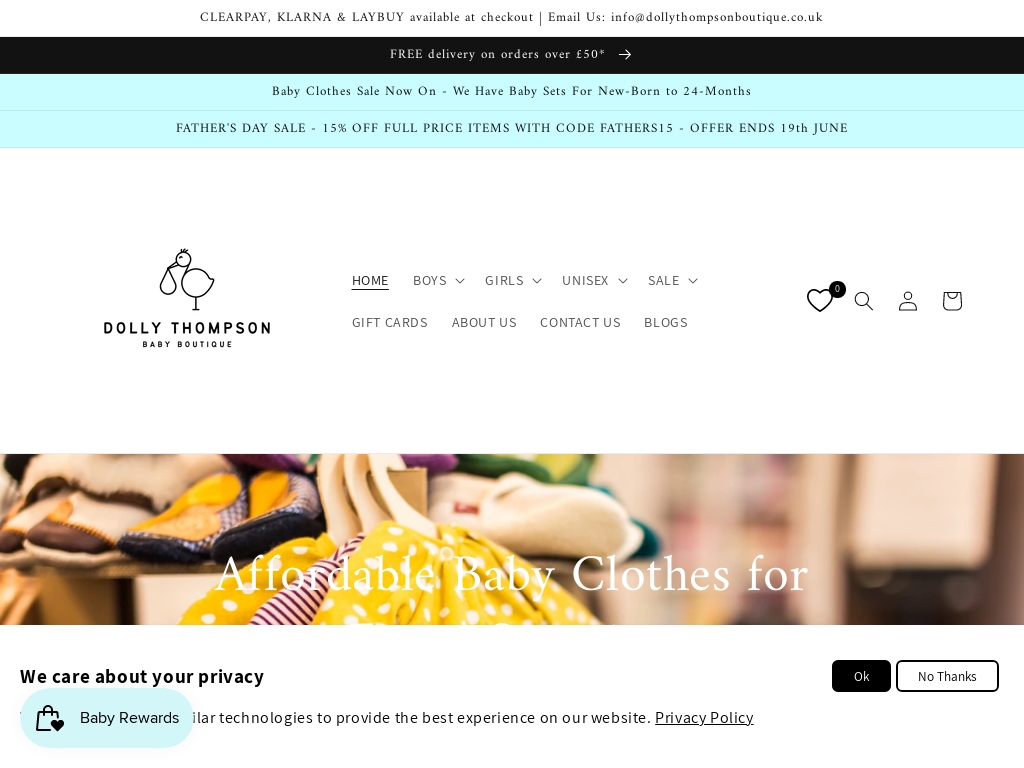

Dolly Thompson Baby Boutique founder Marlene Reid discusses how she created a one-stop-shop for affordable baby clothing, with the business already seeing $1250 per month in sales since launching earlier this year by establishing an impressive online presence using Google My Business and Shopify, largely through digital and social media marketing.





Download the report and join our email newsletter packed with business ideas and money-making opportunities, backed by real-life case studies.

Download the report and join our email newsletter packed with business ideas and money-making opportunities, backed by real-life case studies.

Download the report and join our email newsletter packed with business ideas and money-making opportunities, backed by real-life case studies.

Download the report and join our email newsletter packed with business ideas and money-making opportunities, backed by real-life case studies.

Download the report and join our email newsletter packed with business ideas and money-making opportunities, backed by real-life case studies.

Download the report and join our email newsletter packed with business ideas and money-making opportunities, backed by real-life case studies.

Download the report and join our email newsletter packed with business ideas and money-making opportunities, backed by real-life case studies.

Download the report and join our email newsletter packed with business ideas and money-making opportunities, backed by real-life case studies.












